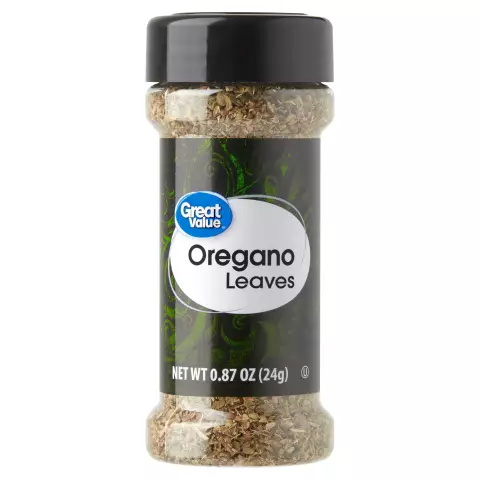- Author Rachel Wainwright [email protected].
- Public 2023-12-15 07:39.
- Last modified 2025-11-02 20:14.
Paprika
Paprika is the name given to the fruits of the herbaceous plant of the Solanaceae family, also known as "sweet peppers". However, not all varieties of this plant can be called paprika, but only red fruits. More often, however, paprika is understood as a seasoning of powdery consistency, which is made from the aforementioned fruits. For the production of spices, ripe, reddest fruits are selected, which are characterized by some pungency. For this purpose, the fruits of red pepper are dried and then finely ground.
The ratio of BJU in the product

Source: depositphotos.com How to burn 282 kcal?
| Walking | 71 minutes |
| Jogging | 31 minutes |
| Swimming | 24 minutes |
| A bike | 40 minutes |
| Aerobics | 56 minutes |
| Household chores | 94 minutes |
The pungency of paprika directly depends on whether and in what quantity are added pepper seeds and pod membranes from the pods, which contain capsaicin, to the powder. There is even a special Scoville scale, according to which you can assess the pungency and pungency of a seasoning from 0 to 1000 points.
Sweet pepper varieties suitable for making paprika are mainly grown in Turkey, USA, Hungary and Spain. Moreover, it is Hungary that is the main supplier of this seasoning.
In European countries, paprika was brought from Central America, but the climatic conditions of Europe caused the red pepper to lose its sharpness, acquiring a more pronounced sweetness.
Paprika is used in cooking not only as a seasoning, but also as a dye in the production of sausages and other meat products.
Nutritional value, composition and calorie content of paprika
The nutritional value of the seasoning consists of the following indicators: proteins in the amount of 14.4 g; fat - 12.89 g and carbohydrates - 53.99 g per 100 g of product. The calorie content of paprika reaches 282 Kcal. Despite the rather high indicator, this seasoning is unlikely to be able to drastically affect the total number of calories per day, because there is very little of it for the dish to sparkle with new colors.
The seasoning is rich in various vitamins - E, B6, C, B5, B1, A, B2. At the same time, the content of vitamin A reaches a record high of 2,463 mg.
The list of minerals in the composition of the spice is also extensive: zinc, copper, selenium, manganese, phosphorus, iron, sodium, calcium, magnesium, potassium. At the same time, the mass fraction of potassium is about 2300 mg, and it is an absolute record holder among other minerals contained in the seasoning.
In addition, paprika contains the aforementioned capsaicin (a substance that determines the pungency of spices), fatty oils, carotenoids (which give paprika its characteristic color), as well as some essential oils.
Useful properties of paprika
Adding paprika to food has a beneficial effect on the functioning of a number of body systems. So, this seasoning contains substances that prevent the formation of blood clots in blood vessels and generally improve the functioning of the circulatory system.
For people who are overweight, nutritionists recommend that they often season dishes with paprika, since it can speed up digestion and speed up metabolism. Experts advise regularly eating seasoning for cramps, flatulence, stomach cramps and intestinal gas formation.

The vitamin C content in the spice stimulates the immune system and helps fight colds. Moreover, the amount of ascorbic acid contained in sweet red pepper is several times higher than in lemon!
Along with this, paprika has a strengthening effect on mucous membranes, enhances male potency.
Paprika is used in the preparation of a wide variety of dishes: it goes well with meat, with first courses, vegetables and salads.
Harmful properties of paprika
Paprika is not useful for everyone, and before you add it abundantly to food, it is important to know what contraindications exist for this seasoning. Dried sweet peppers are not recommended for those who are allergic to its components, as well as for people with liver and kidney diseases, pancreatitis, angina pectoris and chronic stomach diseases.
YouTube video related to the article:
Found a mistake in the text? Select it and press Ctrl + Enter.






